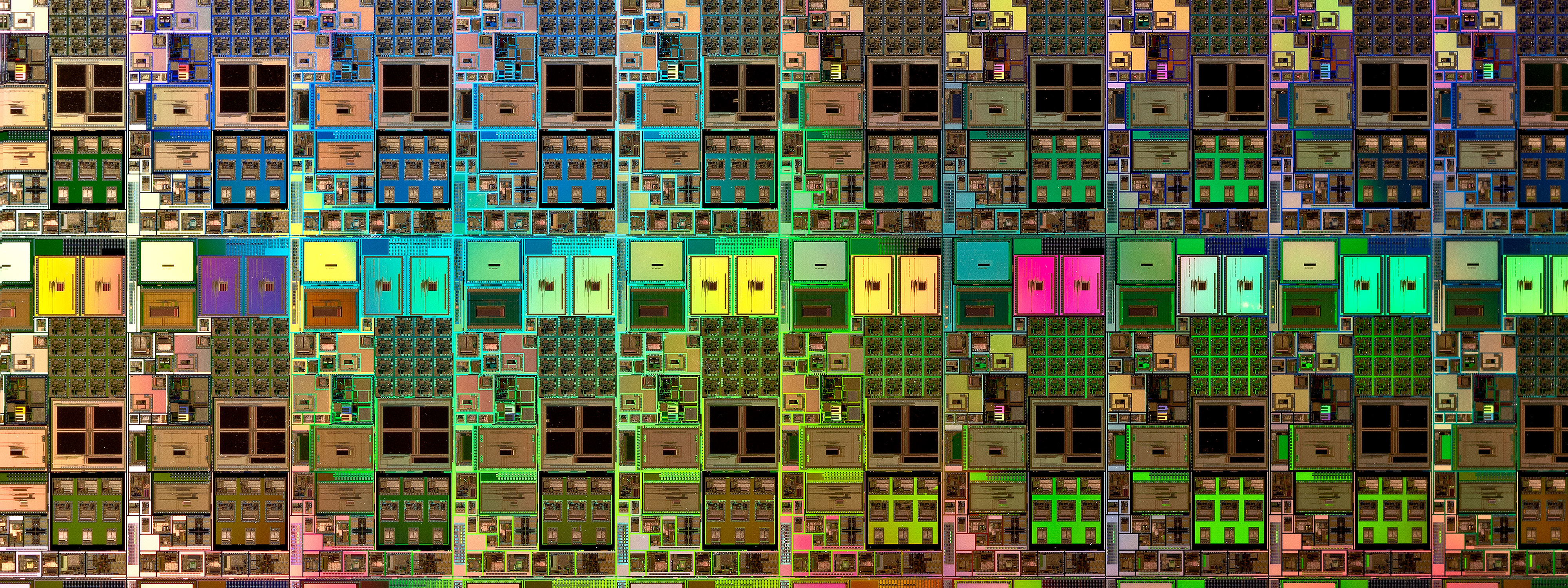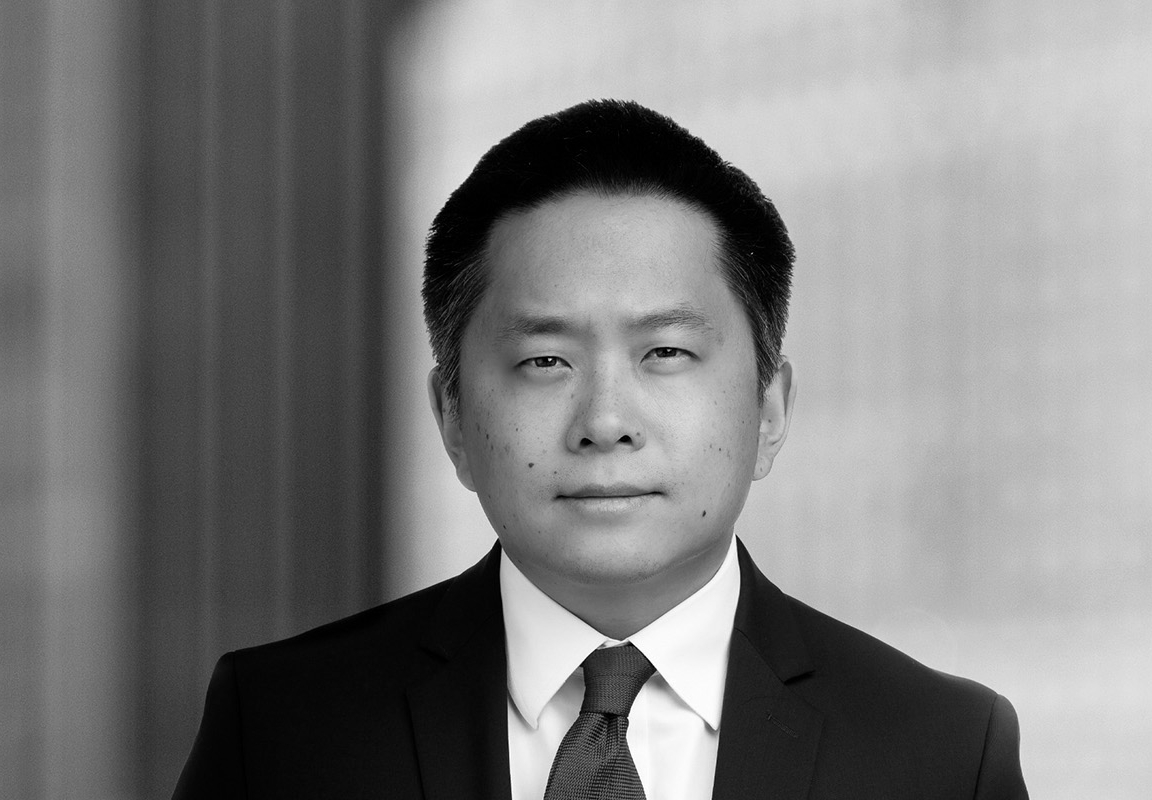
Because of the lack of clarity in § 101 eligibility jurisprudence, patent practitioners attempted to rely upon guidance from the USPTO. The USPTO's 2019 "Revised Patent Subject Matter Eligibility Guidance" attempted to offer insight into the frequently confusing landscape of § 101.1 However, the Federal Circuit subsequently held that the USPTO's Guidance had no binding authority.2 Now, once again in cxLoyalty, Inc. v. Maritz Holdings Inc., the Federal Circuit has reaffirmed that courts, patentees, patent holders, examiners and the PTAB itself may rely on the Guidance only at their peril, and that the Guidance has no authority in and of itself. No. 2020-1307 (Fed. Cir. Feb. 8, 2021).
The USPTO's Guidance
On January 7, 2019, the USPTO issued the Guidance, noting that "[s]ince the Alice/Mayo test was announced and began to be extensively applied, the courts and the USPTO have tried to consistently distinguish between patent-eligible subject matter and subject matter falling within a judicial exception. Even so, patent stakeholders have expressed a need for more clarity and predictability in its application."3 As such, "[t]o address these and other concerns" the USPTO sought to "revis[e] its examination procedure with respect to the first step of the Alice/Mayo test."4 In doing so, the USPTO broke Step 1 of the Alice/Mayo test into two constituent steps—"(1) [p]roviding groupings of subject matter that is considered an abstract idea; and (2) clarifying that a claim is not 'directed to' a judicial exception if the judicial exception is integrated into a practical application of that exception."5 Since then, courts and litigants alike have disagreed as to whether the USPTO's Guidance amounted to further clarity or further confusion.
For Alice/Mayo Step 1, the assessment of a patent would first involve: "(a) Identify[ing] the specific limitation(s) in the claim under examination (individually or in combination) that the examiner believes recites an abstract idea; and (b) determin[ing] whether the identified limitation(s) falls within the [enumerated] subject matter groupings of abstract ideas."6 This contrasts with the previous case-comparison approach that courts have applied.7 Moreover, these enumerated groupings include "[l]aws of nature, natural phenomena, and abstract ideas."8 In the event a claim does not fall into an enumerated category, the claim contains patentable subject matter.
However, if a claim does fall into a category, the assessment moves to the second step of asking "Whether the claim as a whole integrates the recited judicial exception into a practical application of the exception."9 According to the Guidance, "A claim that integrates a judicial exception into a practical application will apply, rely on, or use the judicial exception in a manner that imposes a meaningful limit on the judicial exception, such that the claim is more than a drafting effort designed to monopolize the judicial exception."10 If the answer to this question is yes, then the claim is patentable under § 101, while if the answer is no, the assessment moves to Alice/Mayo Step 2. Under the Guidance, the Alice/Mayo Step 2 assessment remains largely unchanged, wherein "additional elements recited in the claims provided 'significantly more' than the recited judicial exception."11
The differences are summarized below:
| Alice/Mayo step | Case method | USPTO Guidance method |
|---|---|---|
| Step 1 | Compare the claim to previous claims found to be directed to abstract ideas |
Prong 1 – Identify a specific limitation and whether it falls within the three enumerated categories Prong 2 – Ask whether the claim as a whole integrates the exception into a practical application |
| Step 2 | Ask if the claim recites additional elements to make it significantly more than the exception | Ask if the claim recites additional elements to make it significantly more than the exception |
Federal Circuit skepticism
In light of the change to Alice/Mayo Step 1 in the Guidance, litigants seeking to bolster their arguments in court started to cite the PTO's Guidance, eventually leading to Federal Circuit decisions about the Guidance. The Federal Circuit first addressed this question in the non-precedential Cleveland Clinic Found. v. True Health Diagnostics LLC, 760 Fed. Appx. 1013 (Fed. Cir. 2019). There, the court addressed an appeal from the Eastern District of Texas, which held two patents invalid.12 The Cleveland Clinic argued "that the district court failed to give the appropriate deference to [the USPTO Guidance]," but the Federal Circuit squarely disagreed.13 The court stated: "While we greatly respect the PTO's expertise on all matters relating to patentability, including patent eligibility, we are not bound by its guidance."14 As a result, the court concluded "that the district court did not err in its [lack of deference to] the PTO's subject matter eligibility guidance."15
Next, the Federal Circuit issued a precedential opinion that came to a similar conclusion, In re Rudy, 956 F.3d 1379 (Fed. Cir. 2020). There, a patent applicant appealed an examiner's § 101 rejection. The applicant "contend[ed] that the Board 'misapplied or refused to apply . . . case law' in its subject matter eligibility analysis and committed legal error by instead applying the Office Guidance 'as if it were prevailing law.'"16 The Federal Circuit recognized that the USPTO Guidance "cannot modify or supplant the Supreme Court's law regarding patent eligibility, or [the Federal Circuit's] interpretation and application thereof."17 Moreover, the Federal Circuit stated that, "To the extent the Office Guidance contradicts or does not fully accord with [Federal Circuit] case law, it is [Federal Circuit] case law, and the Supreme Court precedent it is based upon, that must control."18 Accordingly, the Federal Circuit firmly held that the USPTO's Guidance was not binding. Since Rudy, several Federal Circuit cases have confirmed the non-binding nature of the USPTO's Guidance.19
The cxLoyalty Decision
Now, most recently, the Federal Circuit has followed this reasoning in cxLoyalty, this time in an appeal from a covered business method (CBM) proceeding before the PTAB. cxLoyalty petitioned the Board to institute a CBM review of claims 1–15 of Maritz's patent, US Patent No. 7,134,087 ("the '087 patent").20 Broadly speaking, the '087 patent "relate[d] to a system and method for permitting a customer of a loyalty program to redeem loyalty points for rewards offered by vendors without the need for human intervention."21 The Federal Circuit concluded that all challenged claims (both original and proposed substitute claims) were invalid under § 101. In doing so, the court noted that the Board "repeatedly referred to [the USPTO's Guidance]" in determining § 101 eligibility. 22 While recognizing this, the Court reiterated that "this guidance 'is not, itself, the law of patent eligibility, does not carry the force of law, and is not binding on our patent eligibility analysis'" and that to the extent the Guidance contradicts case law, the case law "must control."23
After cxLoyalty, over the past two years, the Federal Circuit has now criticized the use of the USPTO's Guidance in three distinct settings: (1) district court litigation; (2) original examinations of patent applications; and (3) post-issuance proceedings. These decisions demonstrate that the USPTO's Guidance actually provides no controlling guidance, and that both patent applicants and litigators should not and cannot rely on its prescribed analysis. Case law from the Supreme Court and Federal Circuit remains the primary guidance on § 101. Whether the USPTO will modify or withdraw its Guidance remains to be seen.
1 See 2019 Revised Patent Subject Matter Eligibility Guidance, 84 Fed. Reg. 50 (Jan. 7, 2019) ("Guidance").
2 See In re Rudy, 959 F.3d 1379, 1382–83 (Fed. Cir. 2020).
3 Guidance at 50.
4 Id.
5 Id.
6 Id. at 54.
7 See Enfish, LLC v. Microsoft Corp., 822 F.3d 1327, 1334 (Fed. Cir. 2016) ("[B]oth [the Federal Circuit] and the Supreme Court have found it sufficient to compare claims at issue to those claims already found to be directed to an abstract idea in previous cases.").
8 Guidance at 51.
9 Id. at 54.
10 Id. (emphasis added).
11 Id. at 56.
12 Cleveland Clinic, 760 Fed. Appx. at 1014–15.
13 Id. at 1020.
14 Id.
15 Id. at 1021.
16 Rudy, 956 at 1382.
17 Id. at 1383.
18 Id.
19 See In re Jobin, 811 Fed. Appx. 633, 636–37 (Fed. Cir. 2020); In re Zunshine, 816 Fed. Appx. 477, 478–79 (Fed. Cir. 2020); In re Abel, No. 2020-1611, 2021 U.S. App. LEXIS 420, at *8 (Fed. Cir. Jan. 7, 2021).
20 See cxLoyalty, 2021 U.S. App. LEXIS 3403, at *1.
21 Id. at 3.
22 Id. at *17 n.1
23 Id. (citing Rudy, 956 F.3d 1382–83).
Alexander Krois (White & Case, Law Clerk, Silicon Valley) contributed to the development of this publication.
White & Case means the international legal practice comprising White & Case LLP, a New York State registered limited liability partnership, White & Case LLP, a limited liability partnership incorporated under English law and all other affiliated partnerships, companies and entities.
This article is prepared for the general information of interested persons. It is not, and does not attempt to be, comprehensive in nature. Due to the general nature of its content, it should not be regarded as legal advice.
© 2021 White & Case LLP

